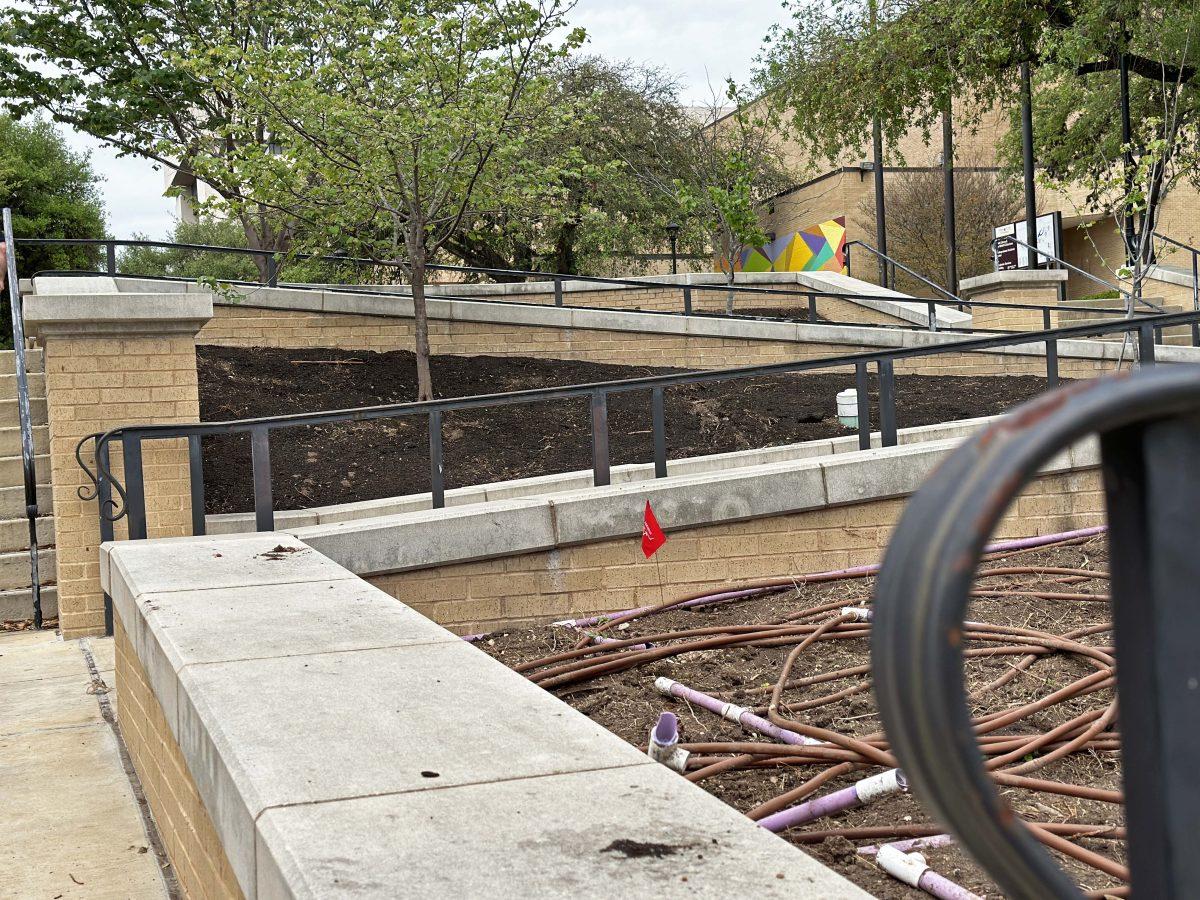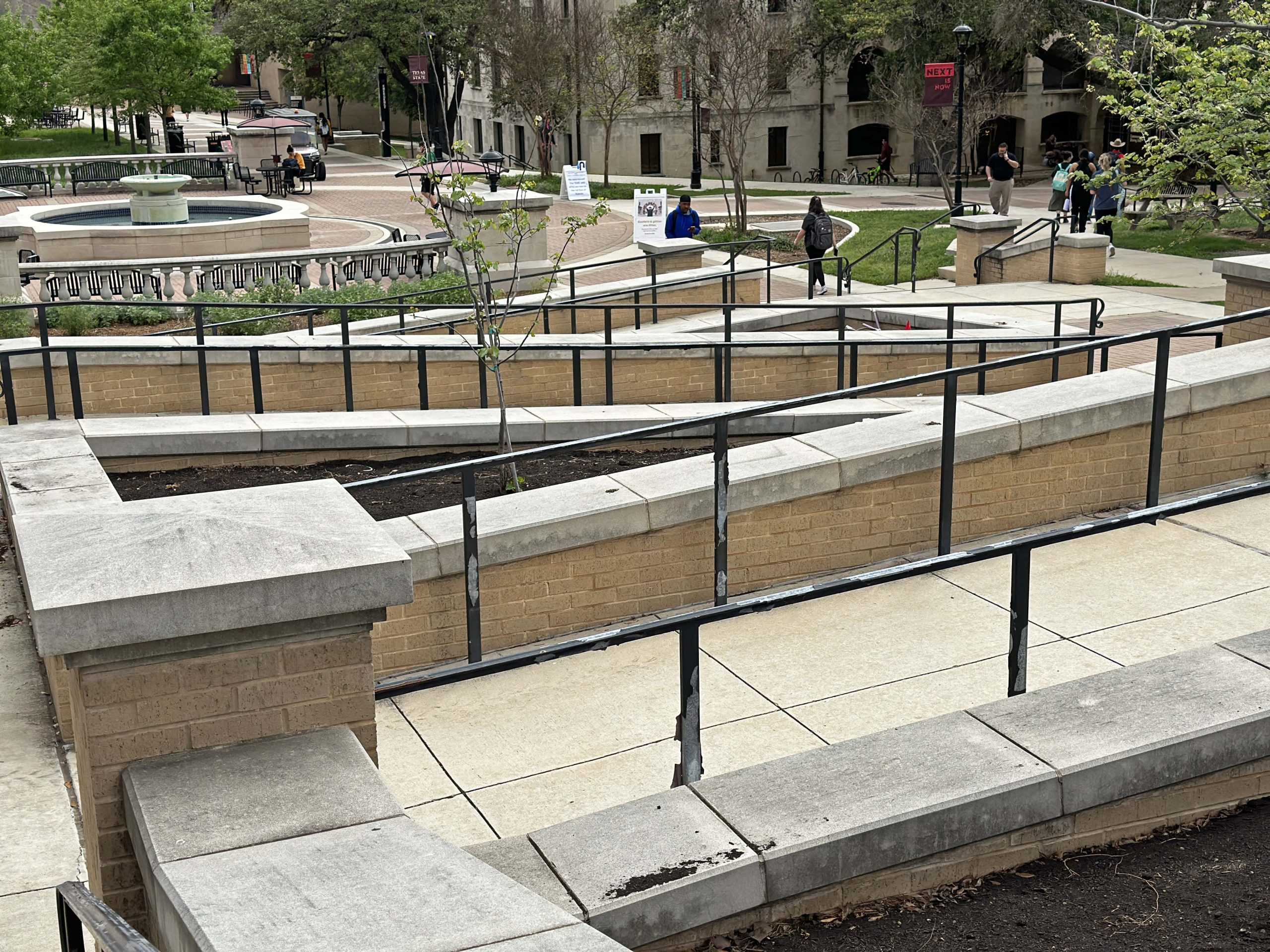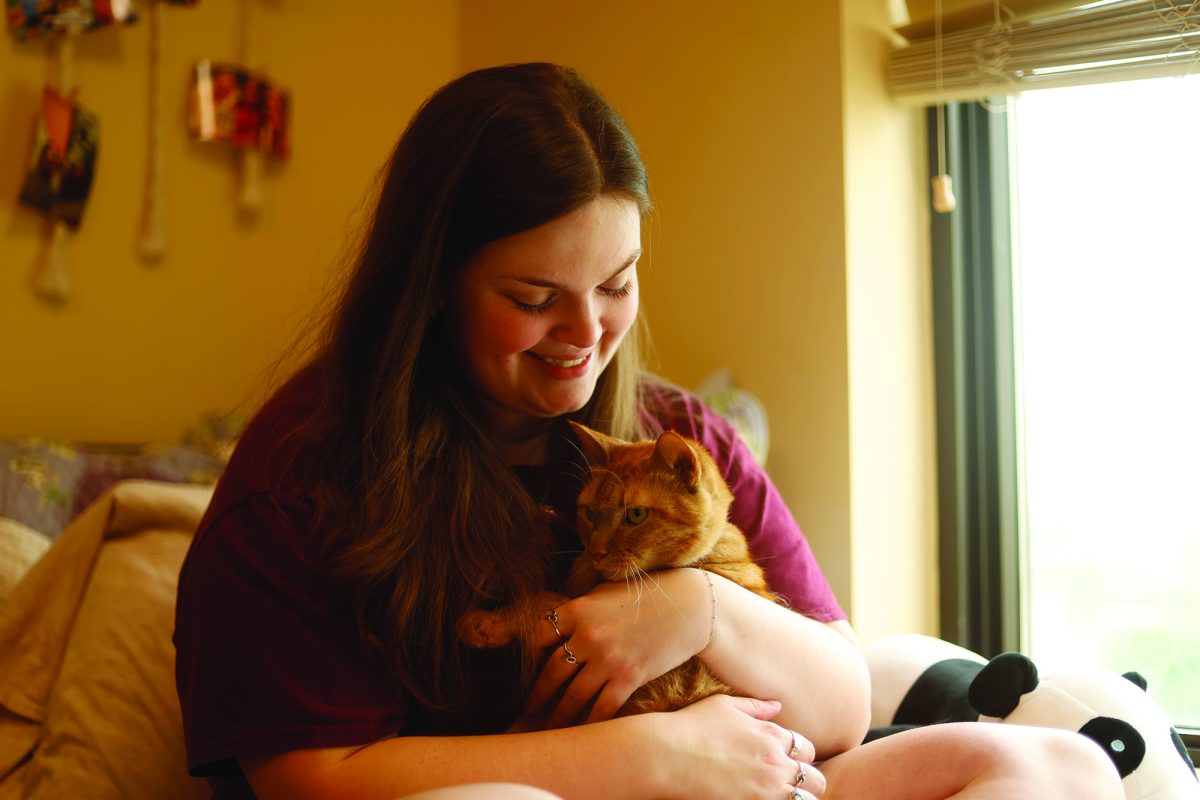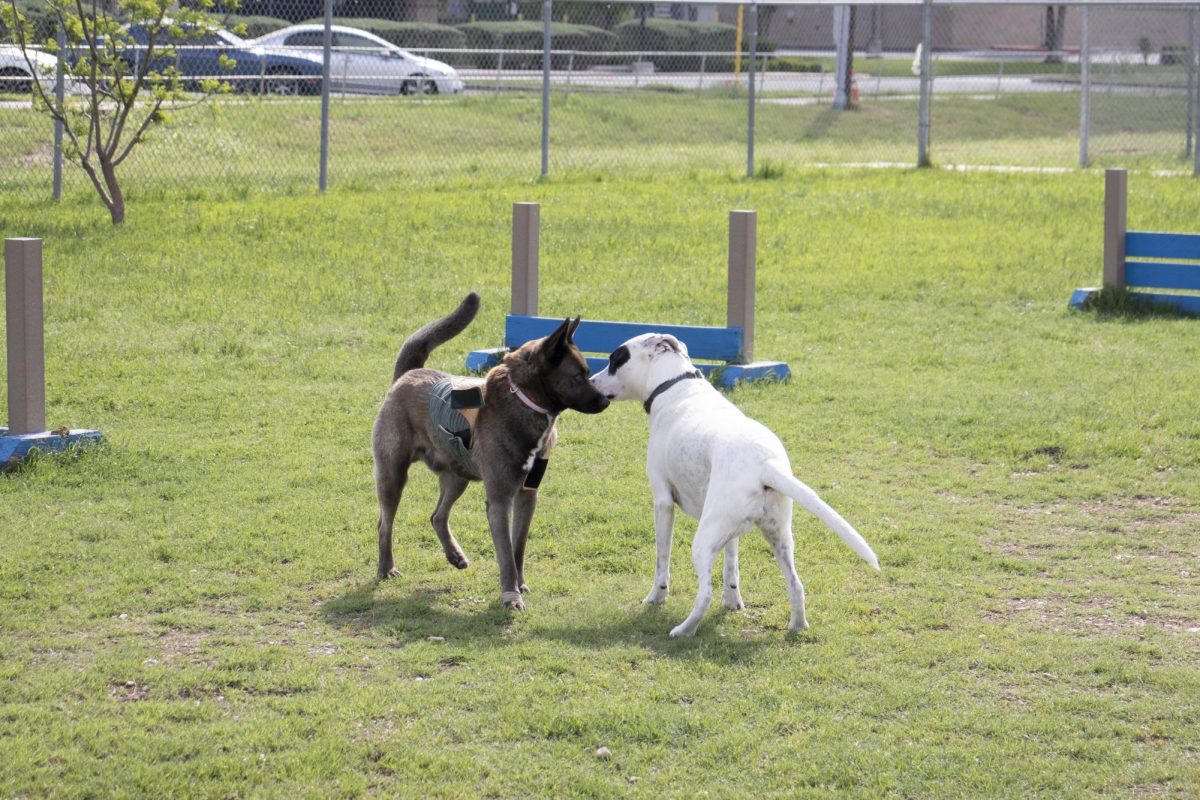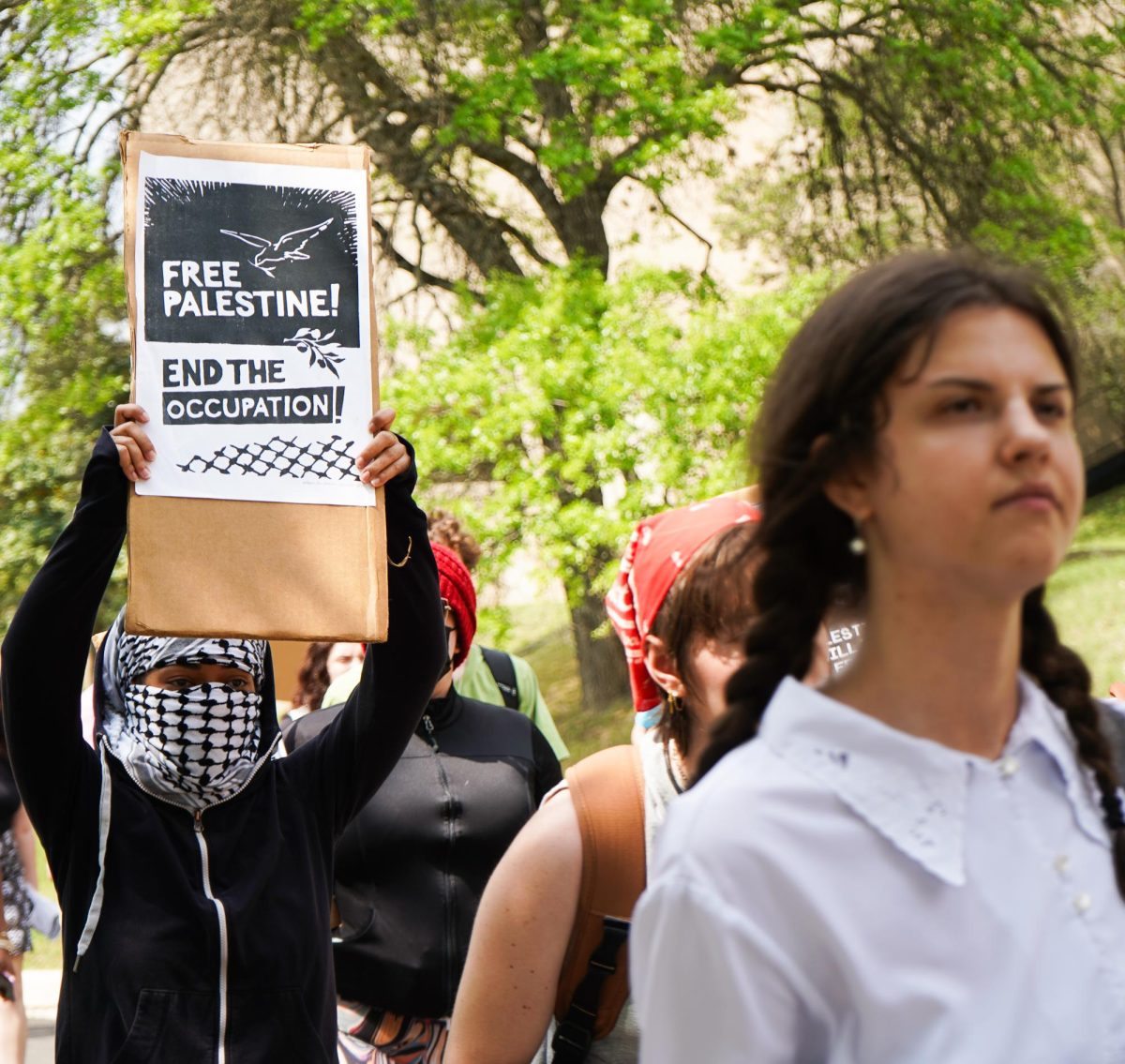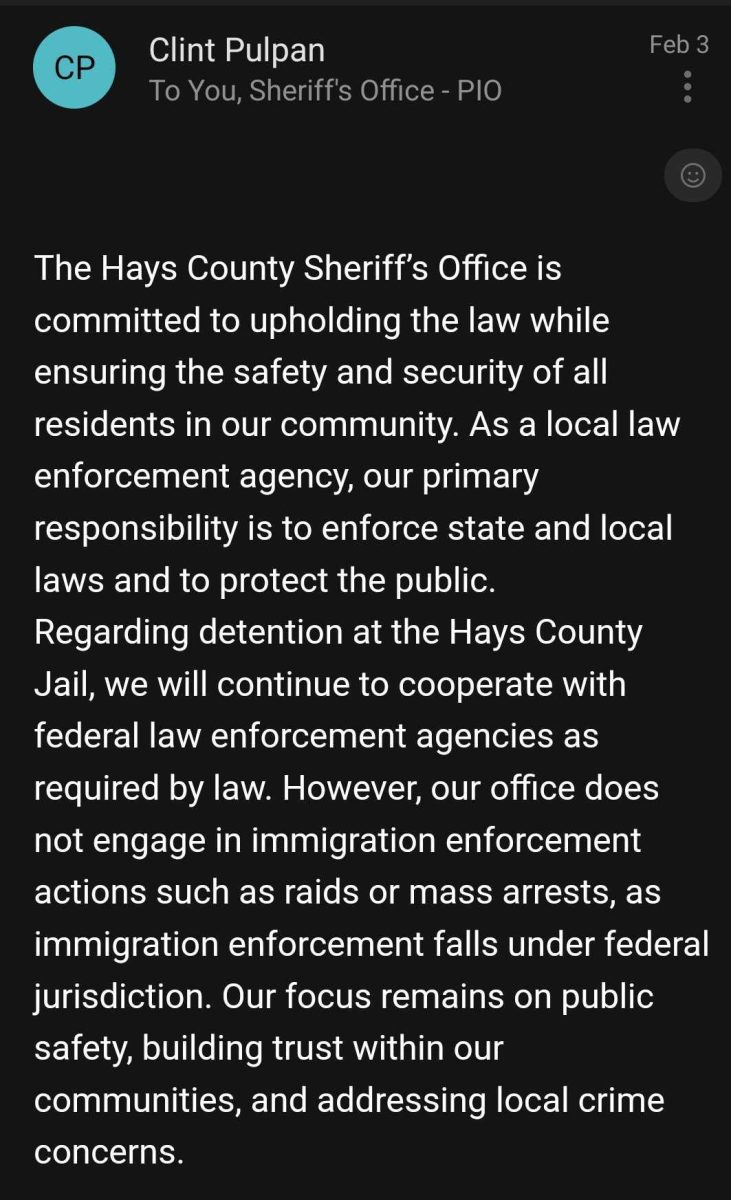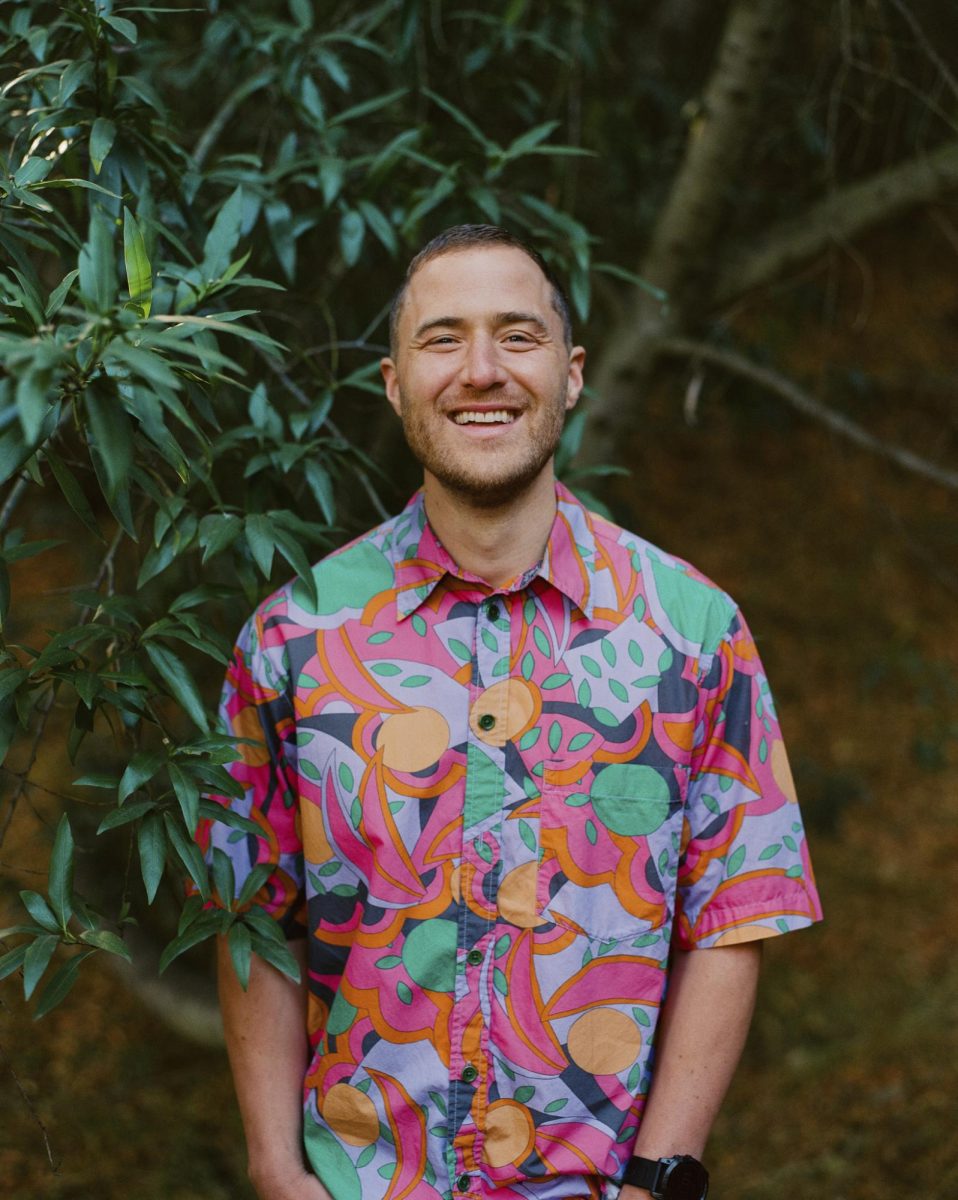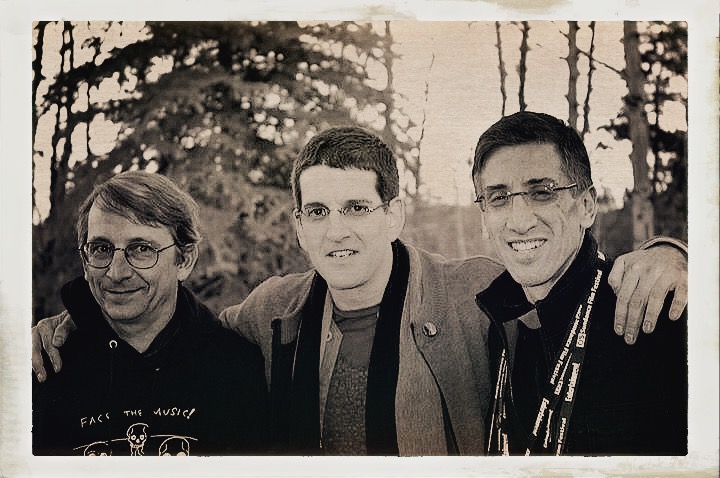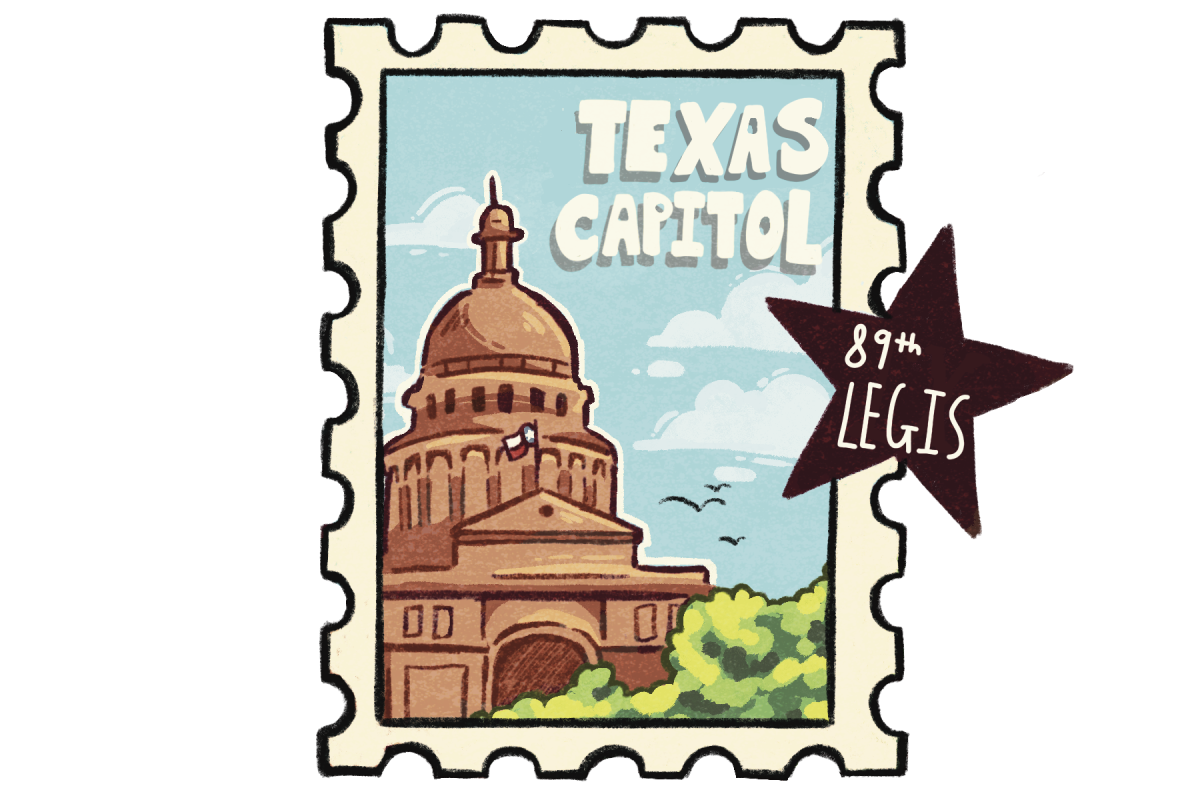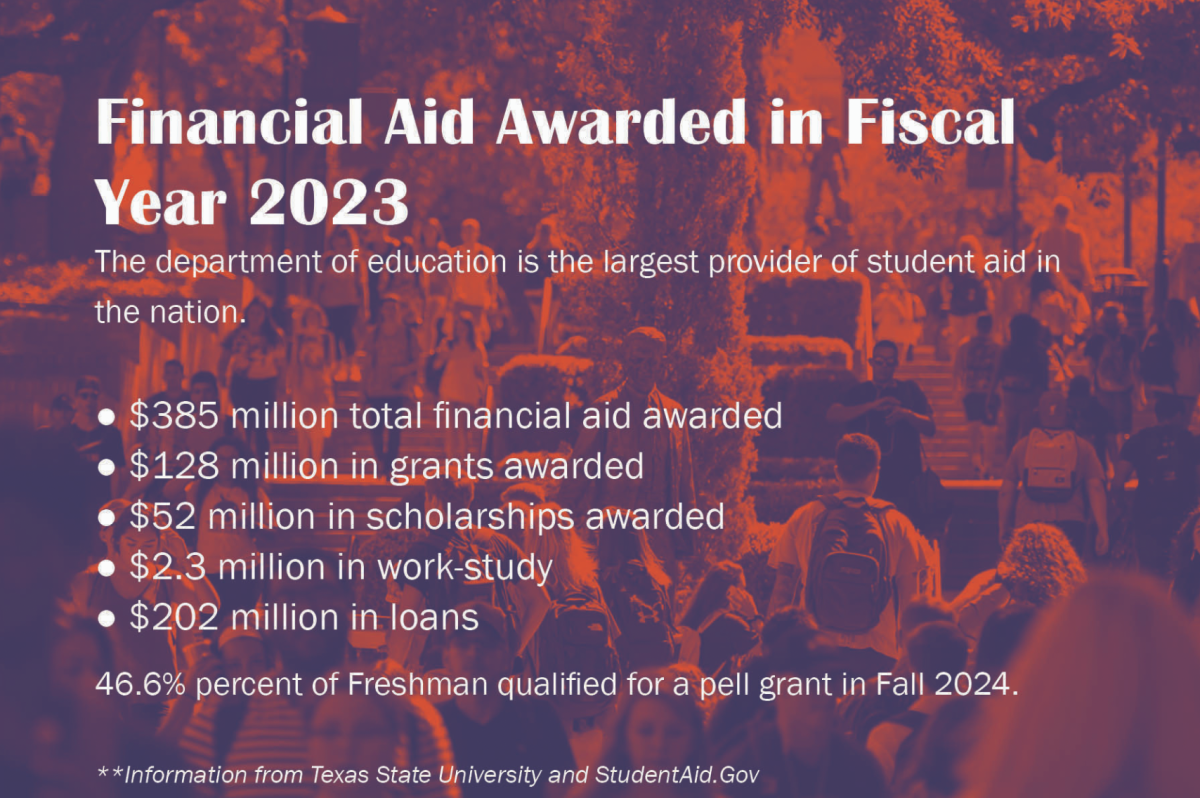Over the last few months, Texas State students with disabilities have struggled to get around campus due to construction efforts blocking off usual routes and some hills.
As the university grows in size and population, construction has started to increase in quantity as the administration strives to keep up with the growing student body. According to the Texas State Facilities webpage, there are 14 projects in progress on campus that range from drafting to near completion.
Director of Facilities Planning, Design and Construction (FPDC), Gordon Bohmfalk, said that planning for these projects depends on several factors.
“Funding, planning and coordination of large projects take place over several years prior to construction or renovation,” Bohmfalk said. “All projects and schedules are subject to available funding.”
Ollie Payne, a technical theatre senior, said that they feel as though construction negatively impacts their ability to make it around campus due to their disability.
“There are paths blocked to get around campus,” Payne said. “I haven’t seen too many alternative routes that aren’t totally out of the way.”
Payne was diagnosed with ankylosing spondylitis, an autoimmune disorder affecting the spine and other joints, hypermobility and a heart condition. They said that construction has made them have to take new paths that intensify their pain because of extra strain.
“Everything on campus already inflames my body,” Payne said. “The stairs and hills are already hard for me but the construction only makes that strain worse.”
In order to accommodate students’ ability to get to class, Bohmfalk said that FPDC tries to plan for students’ needs in advance.
“Blocking existing access or pathways is an important consideration,” Bohmfalk said. “If a project is expected to block an existing pathway, we look for ways to safely re-route pathways in order to provide an accessible means around the construction activity.”
Nate Pasnick, a photography senior, said that the construction near Jones Dining Hall has severely impacted his daily routine.
“I have to think of new ways to get around,” Pasnik said. “I am unaware of any better alternative routes nor are they communicated very effectively.”
Pasnik said that his POTS (postural orthostatic tachycardia syndrome) impacts his ability to regulate his heart rate. This can cause him to faint if he strains his body.
“I have had to go around UAC and up the other hill for weeks,” Pasnik said. “It was annoying because going down and up really messes with me.”
According to Bohmfalk, FPDC is aware that there are situations where making it to class can prove to be complicated. In order to aid this, it sends out campus-wide construction notices in order to make students, faculty and staff aware of alternative routes.
“In the cases where campus notices have been overlooked, we are informed that someone needs further assistance,” Bohmfalk said. “When contacted, our department will provide more information about a direct route, or a possible alternative means that will help with their needs.”
Some students are not aware of the alternative means of getting to class.
“I haven’t heard of other means,” Payne said. “I think it would be helpful if they could provide better transportation around campus. [The shuttles] go to very select spots and do not allow for easy transportation.”
Pasnik said that he feels that students with disabilities could be helped through improvements in transportation.
“The campus is already really difficult for students with disabilities,” Pasnik said. “It is so hard to get what is already available to us as a lot of us aren’t sure where to start.”
Pasnik said that he feels as though the university doesn’t dedicate enough time or energy to its more vulnerable students.
“I don’t think they would ever make alternative means to getting to class explicit,” Pasnik said. “I feel as though the Office of Disability Services should have told us about that. I am pessimistic about the school providing manpower to us when we need it.”
Bohmfalk said that while there are many projects underway, they communicate their intentions. These projects will interfere with routes going through Smith Hall, the UAC and the front entry to JC Kellam.
“Many of our construction projects will cut across normal pedestrian routes at any given time during the year,” Bohmfalk said.
According to Bohmfalk, if a project is expected to block an existing pathway, FPDC looks for ways to safely re-route pathways in order to provide an accessible means around the construction activity.
For maps and dates of construction sites and closures around the Texas State campus, visit https://www.facilities.txst.edu/pdc/construction-shutdown.html.
The Texas State Office of Disability Services did not immediately respond for comment.
Categories:
Students with disabilities struggle with construction on campus
Samantha Guerrero, News Contributor
March 29, 2023
0
Donate to The University Star
Your donation will support the student journalists of Texas State University. Your contribution will allow us to purchase equipment and cover our annual website hosting costs.
More to Discover



